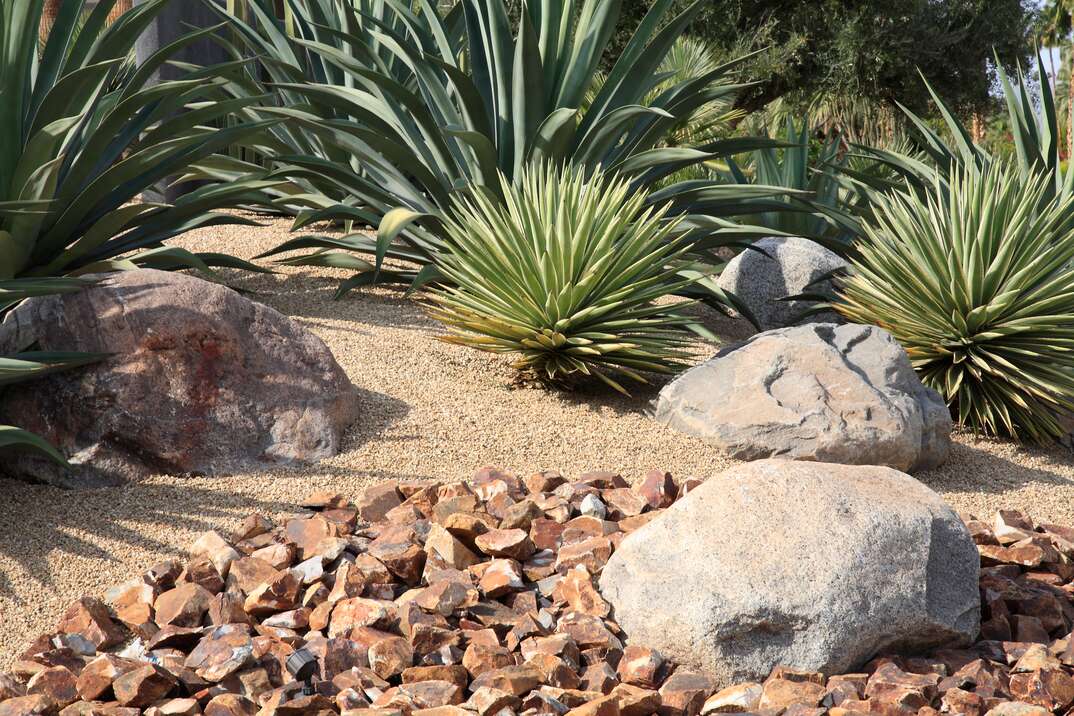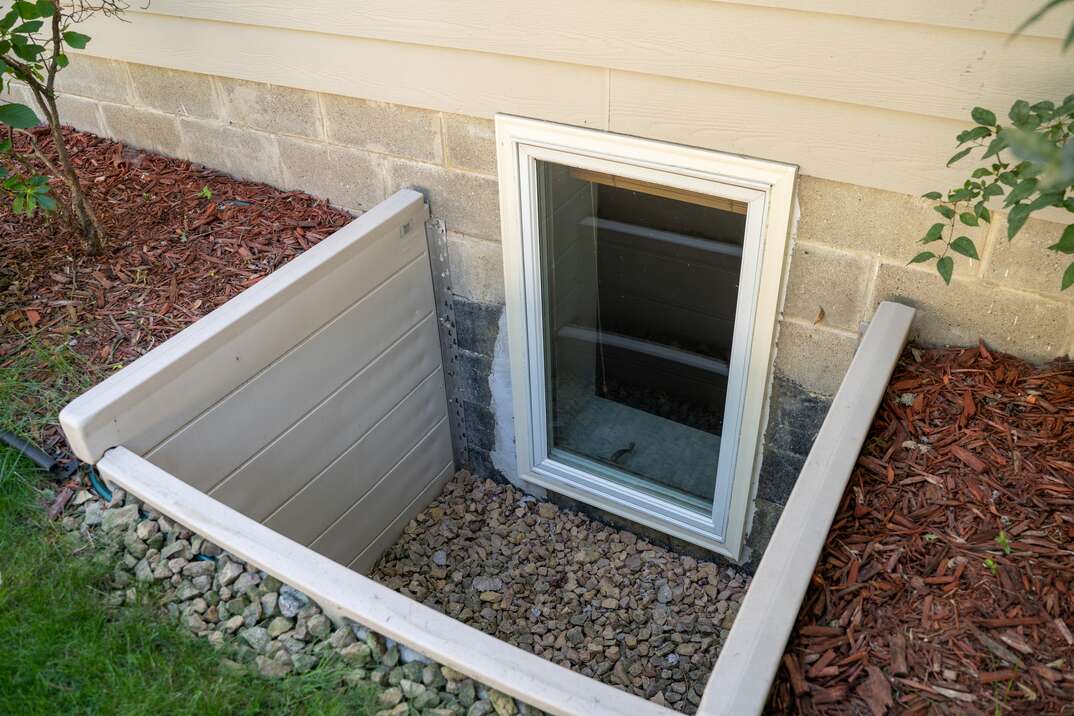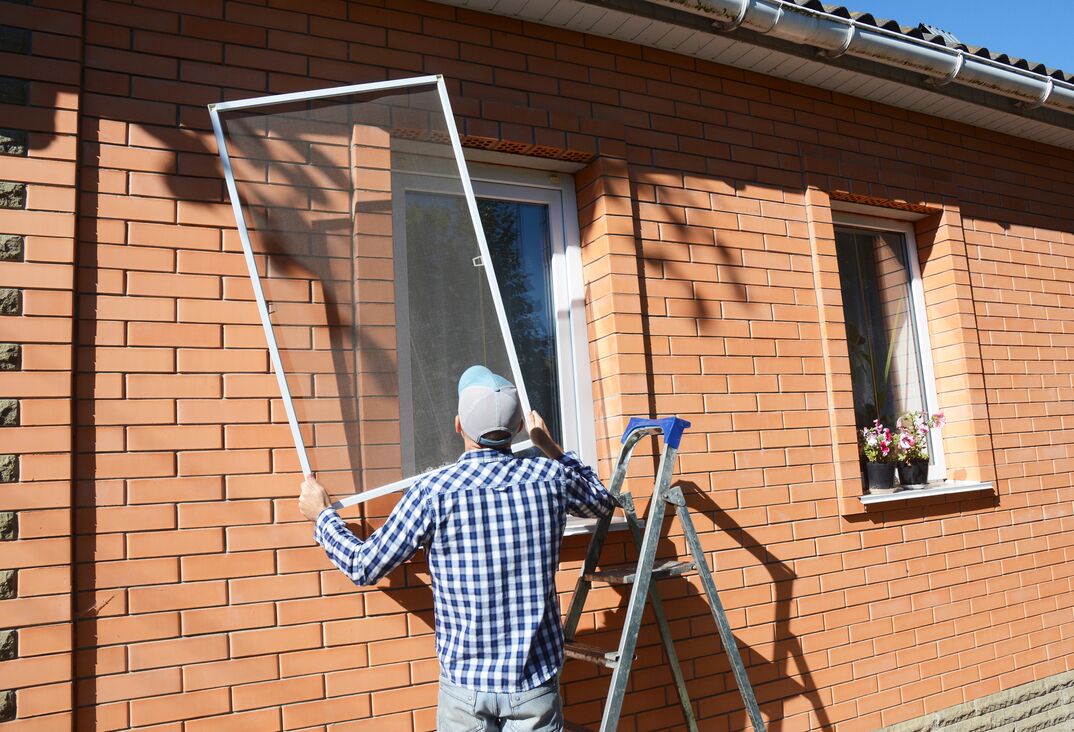Tree Topping: Why It's Bad for Your Trees and What You Can Do Instead
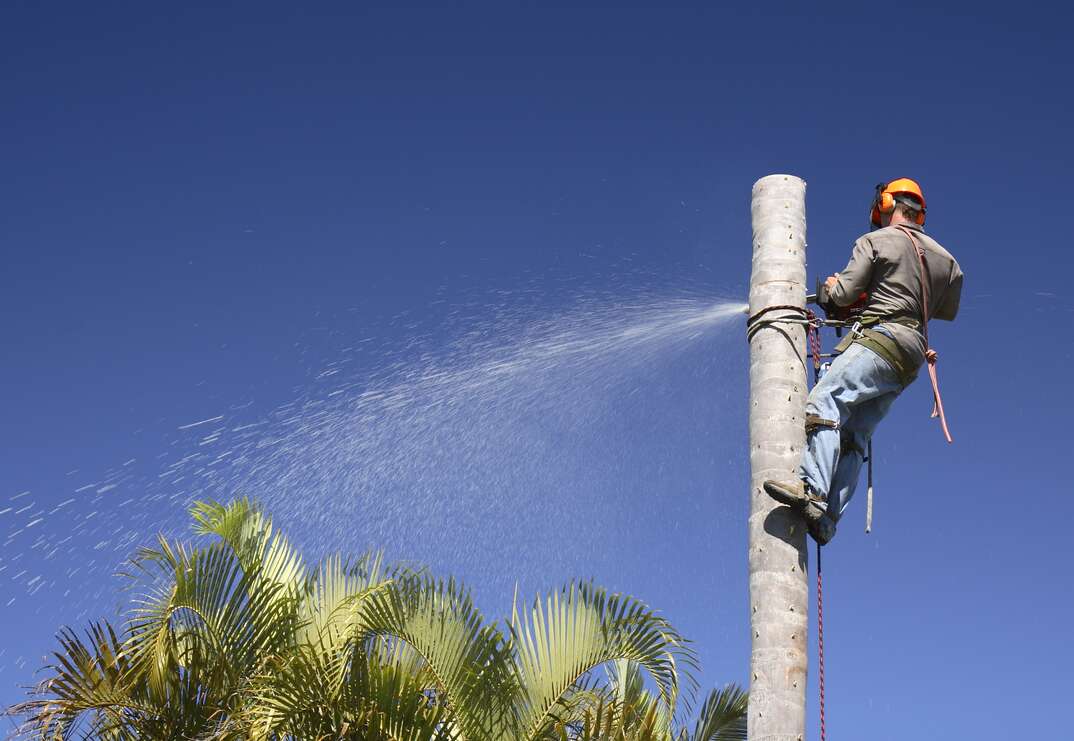
Have you ever seen one of those trees that looks like someone gave it a crew cut? Instead of a crown of leafy branches, there are just a few barren stubs sticking out of the trunk. To the untrained eye, the tree might even look dead — or, at the very least, like it belongs on some kind of horror movie set.
This May Also Interest You: How Much Does It Cost to Trim or Remove a Tree?
Chances are, that tree has been topped at some point. Tree topping is a method of pruning meant to control a tree’s size, usually used after the tree is damaged in a storm or if its growth will interfere will utility lines. According to the International Society of Arboriculture, tree topping is the “indiscriminate cutting of tree branches to stubs.” It’s also called “hat-racking” or “tipping.”
Some tree-care companies still regard topping as an acceptable practice. Utility companies may top trees to get them out of the way of power lines. But most experts agree: Topping is bad for trees.
How Does Topping Harm Trees?
Trees rely on their leaves in order to go through the process of photosynthesis and create food for themselves, said Lindsey Purcell, urban forestry specialist at Purdue University’s Department of Forestry and Natural Resources.
“When you top, you remove a significantly larger portion of leaves than you would with proper pruning,” Purcell said. “You’re also changing the hormonal structure of the tree, which causes this proliferation of growth.”
Topped trees quickly develop lots of new growth, which is often mistaken as a benefit of topping, Purcell said. In reality, these spindly branches grow as an effort by the tree to create more leaves — and more food — as quickly as possible. These small shoots are weakly attached to vessels just under the bark of the tree and are highly susceptible to damage from wind and storms.
According to the Purdue forestry department, the stubs left behind after topping are essentially open wounds that can allow insects or fungi to invade the tree.
“Another tragic thing about topping is that it does shorten the life of the tree,” Purcell said. “The tree is not able to create a sustainable strategy for survival and food production.”
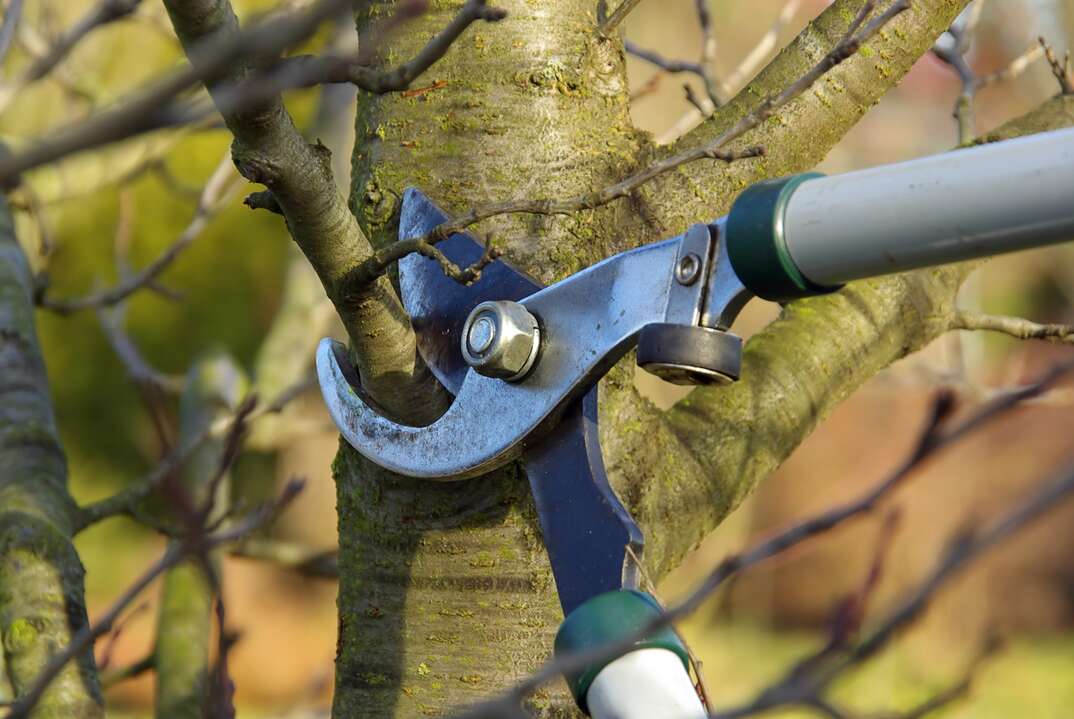 -------------------------------------------
-------------------------------------------
What’s Pollarding?
Pollarding is a method of pruning used on young trees. Branches are cut close to the trunk to keep their growth more compact. According to Progressive Tree of Illinois, pollarding isn’t harmful to trees as long as it’s done properly and on a regular basis.
Purcell said pollarding is a common practice in Europe. Trees are pruned intentionally to maintain a specific structure. Tree topping is based on that practice, but it doesn’t get everything right.
“European cultures didn’t translate all that information to America and, as a result, we just hack things off in order to reduce size in an inappropriate way,” he said.
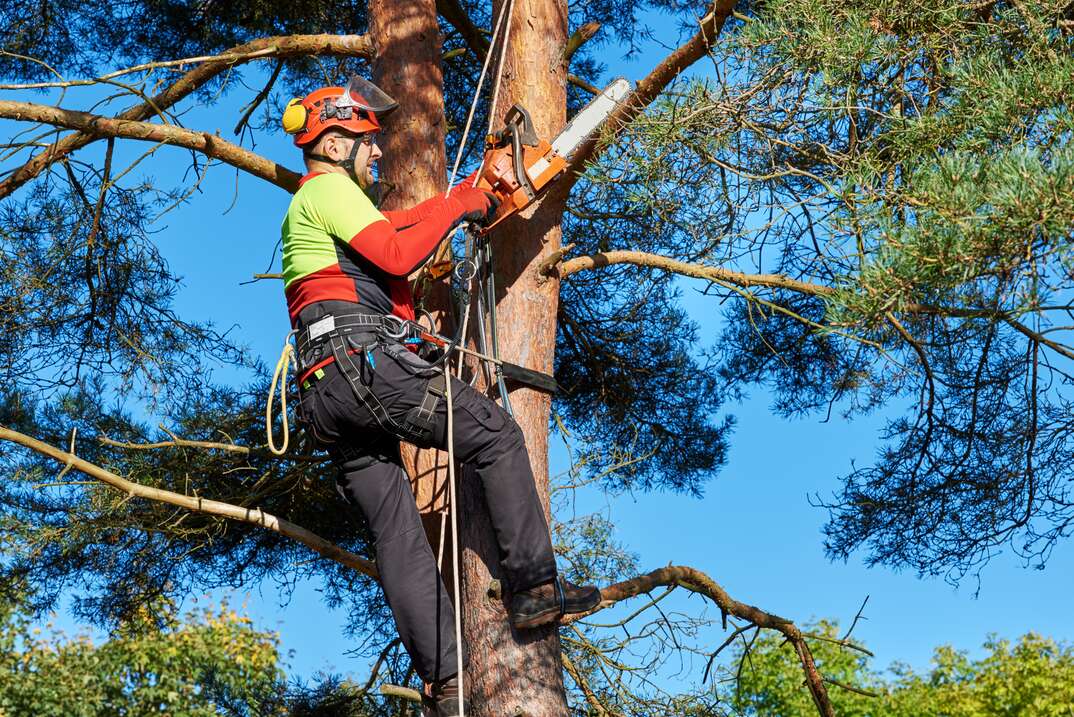 -------------------------------------------
-------------------------------------------
Is It Cheaper to Top Trees?
Tree topping is bad for your bottom line — maybe not initially, but you’ll certainly feel the impact on your wallet throughout the tree’s lifespan.
Purcell called tree topping a “money pit.” He said trees are usually topped to keep them from interfering with infrastructure. However, the rapid, unsupported growth that follows will require more frequent pruning to maintain. A topped tree may need to be pruned yearly, where a tree that hasn’t been topped may only need to be pruned twice in its lifetime.
More Related Articles:
- How Do You Cut Down a Tree? Axed and Answered
- Mow Money: Here’s how Much Lawn Care Services Cost
- A Grassroots Effort: How to Lay Sod in 4 Steps
- Basic Lawn Care and Maintenance Tips
- Home Maintenance Checklist: 15 Things to Do for Spring
Can You Save a Topped Tree?
If you have a topped tree in your yard, you may be able to rescue it. Some types of trees can be brought back with structural pruning, but Purcell said this can be an arduous process that’ll cost time and money. Sometimes, you’re better off removing the tree altogether and either replanting or leaving the problem area treeless.
“Most of the time, the tree has been cut back so poorly, so drastically, that there really isn’t much saving you can do to get it back to its original shape and form,” he said.
What Should You Do If a Pro Recommends Tree Topping?
“If [a tree care professional] uses ‘topping’ in any sentence or any marketing materials, don’t hire them,” Purcell said.
Most trees don’t need a lot of pruning. Trees can normally be “headed back” using pruning methods that will allow the tree to continue sustaining itself. According to the Utah State University Forestry Extension, directional pruning is a healthier alternative to topping. Only branches growing toward power lines or other obstacles are lopped off. Instead of being clear-cut, trees end up V- or L-shaped, depending on where the obstruction is.
Purcell, who is an International Society of Arboriculture Board Certified Master Arborist, said you should hire ISA-certified arborists to care for your trees whenever possible. You can also look for professionals affiliated with the Tree Care Industry Association. He also recommends double-checking that any company you hire to prune your trees carries workers’ compensation and liability insurance.
Since we’re all home now more than ever, being prepared for unexpected home repairs with a plan from HomeServe is important. Having a plan in place gives you peace of mind knowing that you can simply call our 24/7 repair hotline for covered breakdowns. See what plans are available in your neighborhood.
